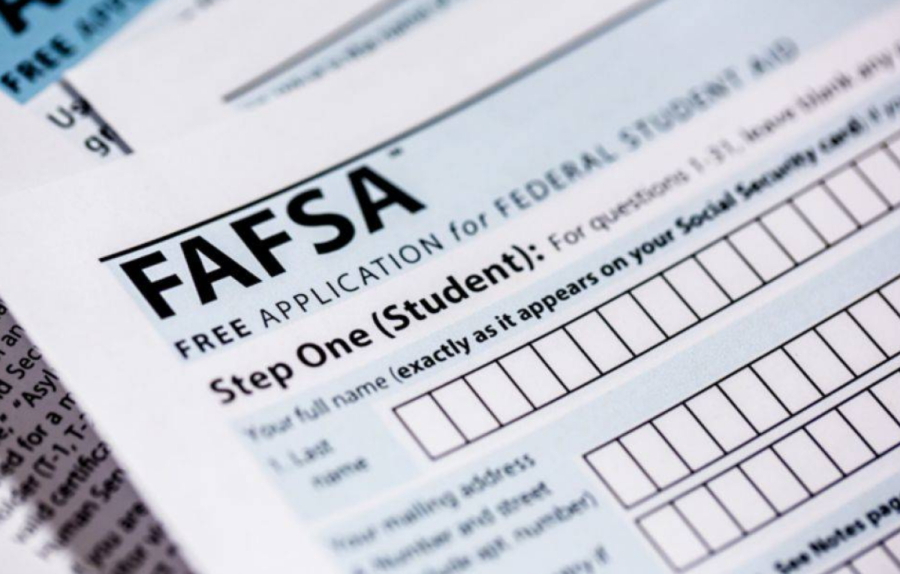How to apply for FAFSA
It’s the most wonderful time of the year — FAFSA season.
On Oct. 1, the Free Application for Federal Student Aid (FAFSA) opened up to those who are considering or already pursuing postsecondary education. A part of the U.S. Department of Education, Federal Student Aid (FSA) makes higher education possible for students in need by providing them with grants, work-study jobs and loan options.
At Oakland University, 43% of full-time undergraduate students received need-based financial aid in the 2020-2021 school year. A study done by Sallie Mae discovered 34% of students did not complete a FAFSA application for the 2021-2022 school year — either because they missed the deadline or found the application too complicated to complete.
There are many reasons why a student could incorrectly submit or avoid submitting the FAFSA. Here are some tips to avoid missing out on money that could help further a student’s college education.
Write down FSA ID
An FSA ID is what lets a student access their FAFSA, as well as other FSA websites. FSA IDs aren’t a requirement to complete and submit the FAFSA, but they do make it faster for students to have their application processed, as well as granting students a way to edit it after submission.
FSA IDs also allow students to pre-fill their FAFSA with information from the previous year’s application.
It’s important for students to remember their FSA ID, as it will be used for every year’s FAFSA — though if a student does forget theirs, they can reset it upon login.
If students don’t have a FSA ID, they can create one by visiting the FSA website.
Complete application with parents
Even if a student is primarily independent — meaning they pay their own bills and file for taxes — they can still be seen as dependent in the eyes of FSA, and will have to have their parents provide their own information when filling out FAFSA documents.
There are certain guidelines when filling out parental information — information about parents who are married versus those who are divorced, for example, will be filled out differently.
If dependent students cannot fill out their parents information, their FAFSA will not be fully processed. For more information regarding parental information, click here.
Use the IRS Data Retrieval Tool
FSA has a partnership with the Internal Revenue Service (IRS) to make it easier for students to transfer necessary tax information into their FAFSA. The IRS Data Retrieval Tool, or IRS DRT, is an option for students who have filed a U.S. tax return with the IRS.
There are students who are ineligible to use IRS DRT and will therefore have to fill out their tax information manually. Students can visit DRT eligibility to see if they qualify.
Ask for help
There are many resources for students to refer to if they’re struggling to fill out their FAFSA.
Nicole Boelk — the director of financial aid at OU — wants students to reach out to Student Financial Services whenever they’re in need of help.
“If you need help, we’re here to help you,” Boelk said. “We don’t want anyone to wait until the last minute. We want to make sure that we get these FAFSAs done early to meet any sort of deadlines.”
OU also offers FAFSA small group workshops that students are more than welcome to attend.
Student Financial Services is located in North Foundation Hall, Room 120. Students can contact them by phone at (248) 370-2550, or by email at [email protected].




